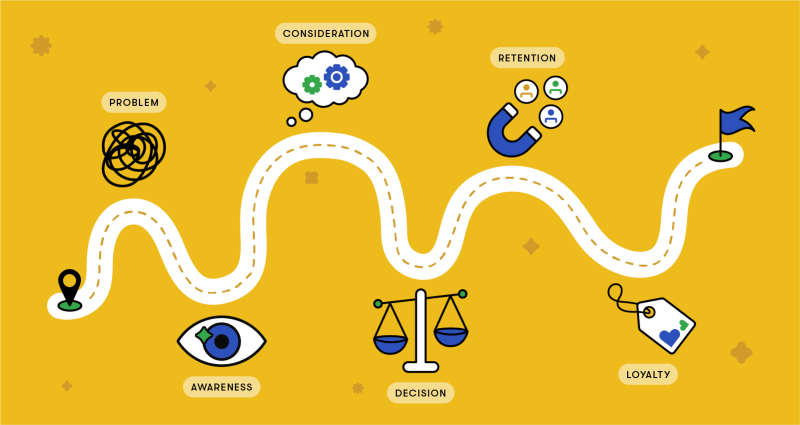
A customer journey is the series of interactions that someone has from the moment they become aware of your business, to the process of considering your offer, becoming a client, and — hopefully — becoming a fan of your brand. It also includes the alternative paths where prospects drop out of the process for one reason or another.
If you own a business and have clients, you already have a customer journey. The question is, are you intentionally managing your customer journey for an optimal customer experience, or are you leaving it to chance?
Most businesses start with a “Frankenstein” customer journey that has been pieced together over time out of the necessity of the moment. It’s happened organically, but may not be fully understood and probably isn’t being leveraged properly, which means you’re leaving money on the table.
In this article, we’ll cover how you can graduate to a deliberate, well-thought-out customer journey that maximizes sales and repeat business. Then we’ll show you how to automate your processes to create the ideal experience consistently while cutting down on work for you and your team.
14-day free trial. No credit card required.